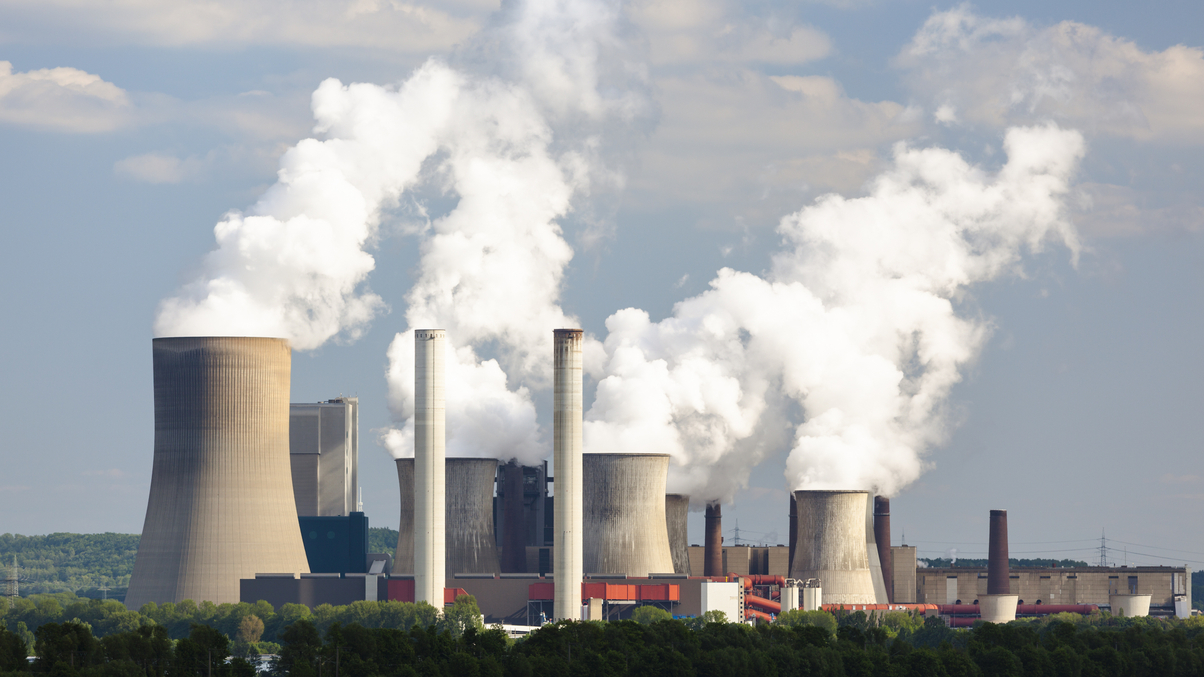Market Views: How will China’s power crunch affect investors?
The recent power outages have cast another shadow on the already cloudy Chinese market amid slowing growth and policy uncertainties.

China’s already slowing economy has been further dragged down by nationwide power shortages across factories and households, leading investors to take a more cautious approach to their China exposures.
Sign In to Your Account
Access Exclusive AsianInvestor Content!
Please sign in to your subscription to unlock full access to our premium AI resources.
Free Registration & 7-Day Trial
Register now to enjoy a 7-day free trial—no registration fees required. Click the link to get started.
Note: This free trial is a one-time offer.
¬ Haymarket Media Limited. All rights reserved.


